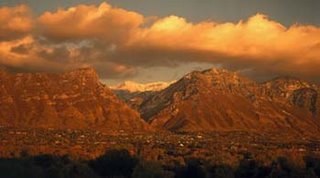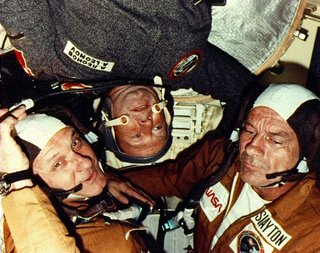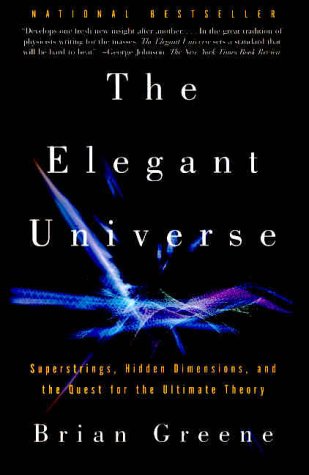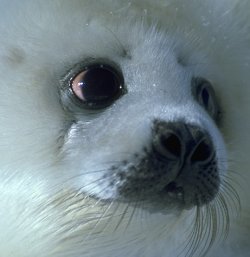It's been seven months since I left Utah. In December 2005, I moved back to DC to start a job at the Smithsonian. Seven months ago I was ready to leave the West behind me: I was tired of the people and I was tired of the culture. My last four months in Provo were bleak and exhausting and I wanted nothing more than to return home to Maryland where there were trees and thunderstorms. Other than the friends I was leaving behind, I didn't think I would miss anything in Utah.
But once you live in the West, in the cradle of the Rockies and the Wasatch, you will always long for the mountains. As I drove around Lehi and Provo this past weekend, I couldn't tear my eyes from the landscape around me. The mountains, flushed with summer, burst with green trees and shrubs. The craggles and cliffs blushed with red and purple when the sun rose and set. Marylanders may claim that we do indeed have mountains---the Appalachians---but while we have greenery and lushness in abundance, the East Coast can offer no substitute for the high peaks of the Rockies.

I haven't always looked at the mountains so favorably. When I first arrived in Utah in 2000 to start my freshman year at BYU, I was flabbergasted by my new western surroundings. Where were all the trees? And the little rolling hills? Why was everything brown and dead? The mountains were foreign to me---giant globs of rock and dirt that belonged in paintings and calendars but not in my backyard.
"Maybe I'll do a semester at BYU and then transfer to the University of Maryland," I told my mom as we drove from the SLC airport to Provo.
My mom smiled. "Well, just give BYU a try first."
I didn't reply. I just stared out of the car window at the vast sky and the towering mountain peaks around me, wondering if I had made a mistake.
Once school started, however, I adjusted quickly to my new life and new surroundings. I loved college---staying up late and waking up late, making friends with the girls on my dorm floor, flirting with boys in the cafeteria, and basking in my newfound independence.
And slowly, I began to appreciate the mountains that circled me. They greeted me every morning as I walked to school from my dorm. They followed me as I travelled from class to class and watched me as I fell in love with boy after boy. They quickly became a regular feature of my life and eventually I barely even noticed that they were there. Yet the mountains always loomed above me, watching me year after year as I grew from a naive 17 year-old freshman to a not-so-naive 22 year-old graduate.
They watched me find my Y Group on DT field and they noted the jittery butterflies in my stomach when I met my first BYU crush. They watched me take my first test at the Testing Center. They watched me head to Wendy's at midnight to satisfy my late-night snack attacks. They watched me in Kiwanis Park, standing beneath a tree and kissing in the rain. They watched me as I headed into my interview for London Study Abroad. They watched me as I posed for pictures after commencement ceremonies in the Marriott Center.

And so, the mountains surrounding Provo have come to mean much more to me than mere globs of rock and dirt. In a way, they are a testament to a significant chapter of my life. The mountains will stay steady as the rest of BYU and Provo alters rapidly. They will remain unchanging as my own memories fade and betray me.
I'm sure many years from now I will return to Provo to bring my children to BYU. As I drive around the city and as I walk around campus, I will marvel at the changes that have occurred during my absence. I'll wonder what happened to U Hall and why Cafe Rio went out of business. I'll try to take my kids up to Bridal Veil Falls only to find out it dried out five years before. I'm sure I'll feel a little disoriented, a little sad, and very much nostalgic. I'll ask myself: What happened to the BYU that I knew?
And then I would look up above me and see the familiar shape of the Wasatch range. Ah yes, I would realize---I'm not the only one who remembers this place as it once was. I will find comfort knowing the mountains will continue to guard the memory of those six precious years that I spent in their presence.








